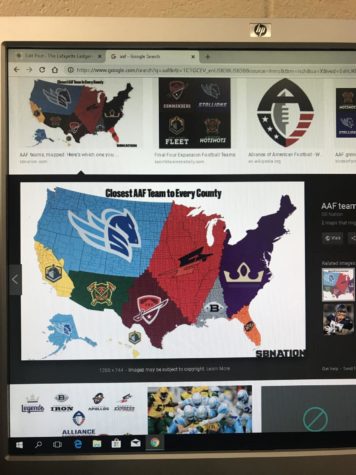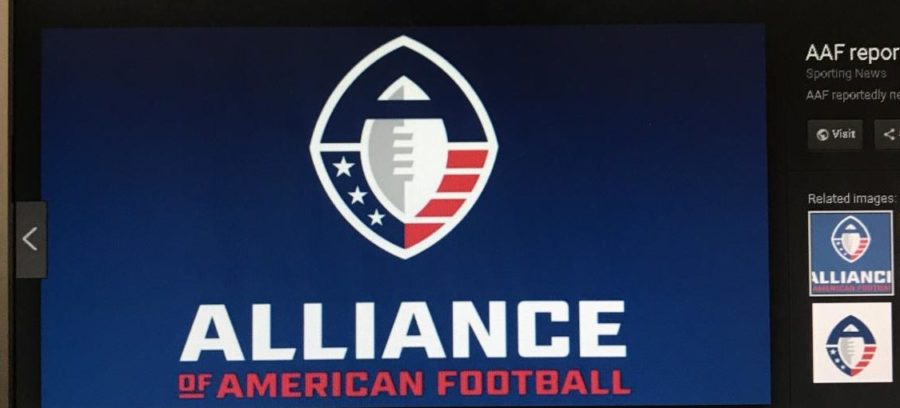AAF: The Next Football League?
The AAF is a new and upcoming professional football league that will gain the respect it needs
The AAF, aka the Alliance of American Football, was announced last March and consists of eight teams spread over the country. Its purpose is to complement the NFL in its offseason and showcase local talent. It was founded by Charlie Ebersol and Bill Polian, the latter of them an NFL executive for decades. Former NFL players are getting into the action as well. The league’s leader board consist of Troy Polamalu, Jared Allen, and Hines Ward. David Berry, a student at Lafayette, said, “I’ve heard of the league and seen some highlights.” He added, “I’ll start to watch eventually and maybe follow a team.” Senior Ricky Sullivan said, “I’ve heard of the league, but only know about the Orlando Apollos.” The Apollos are Ricky’s favorite team now, so he stays up to date on game outcomes and team news.

To get players on teams, the league started with a QB draft. A notable player for the AAF is Christian Hackenburg of the Memphis Express. Hackenburg formerly played for the New York Jets, the Oakland Raiders, the Philadelphia Eagles, and the Cincinnati Bengals. Another former NFL player now in the AAF is running back Trent Richardson who was the third overall pick in 2012 out of Alabama. Richardson now plays for the Birmingham Iron.

The AAF adopted a 10 week, 40 game season that started on February 9th. CBS broadcasted the opening day on TV. The games are fit into a 2 and a half hour window, which is 30 minutes shorter than the NFL. The AAF took out kickoffs, so the offense just starts on their own 25-yard line. Another big change is not having the option to perform an onside kick. Instead, the offense gets the ball on their own 35-yard line and has to convert a “fourth-and-ten” to keep the ball. The league is also looking to cut media timeouts because commercials are viewers’ number one complaint, and it will help speed up the game. Another strategy to make the game faster is that teams don’t have the option to kick an extra point after a touchdown, instead they can only attempt a two-point conversion. These changes are profound and can attract many viewers tired of the status quo in the NFL.

In 2001, the same creators of the AAF created the XFL. The XFL ultimately failed and now the creators hope the AAF will be successful, and it looks like it will. The league is already gaining social media coverage and growing fast. A big reason for the popularity is the big hits that are allowed by defensive players on the offensive players. We’ll see how the league pans out, but for now, the AAF is creating waves in the football community.



